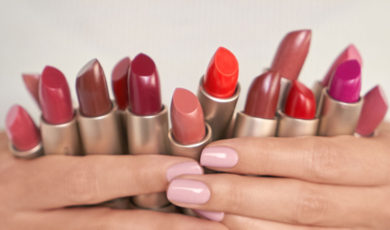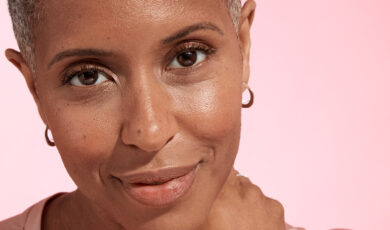Your Summer Skincare & SPF Cheat Sheet
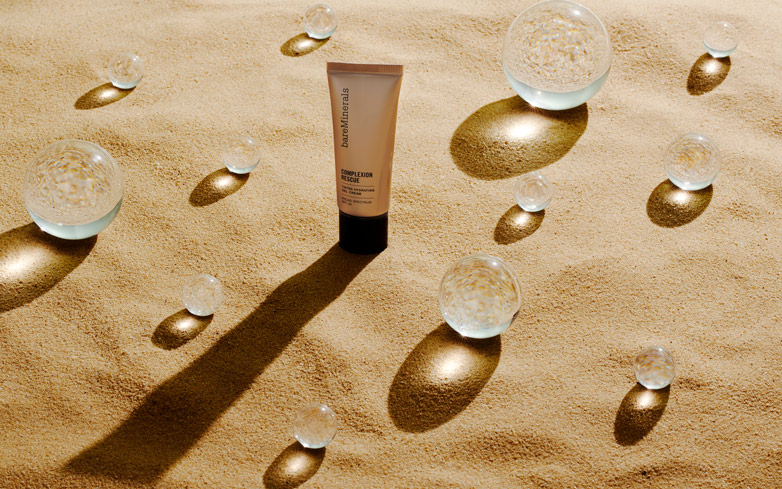
Summer’s all fun and games until you find yourself tending to a brutal sunburn — and it’s not just because it’s painful or makes for unflattering tan lines. Sunburns indicate real damage, which can result in premature signs of aging — including sun spots, wrinkles, and collagen loss — and worst of all, skin cancer. Considering the fact that sophisticated, highly effective sunscreen formulations have only been around for the last several decades, we’re pretty lucky to live during a time when sun protection is actually possible.
In other words, there aren’t really any excuses for not applying. That said, we do understand that navigating the world of SPF can be a little confusing. Is mineral or chemical better? Does SPF 100 actually protect that much better? And what the heck does PA+++ even mean? With expert help, we’re providing you with a summer skincare cheat sheet on those confusing topics and more.
Mineral vs. Chemical Sunscreen: What’s the Difference?
Ultimately, the difference between mineral and chemical sunscreen has to do with the way the active ingredients protect your skin. Chemical sunscreens work by absorbing UV rays and then, through a chemical reaction, break the rays down to prevent damage. Mineral sunscreens (sometimes referred to as physical sunscreen or sunblock) work by reflecting the sun’s UV rays.
To tell the difference, check the ingredient list on your product. “Mineral sunscreen contains Zinc Oxide and Titanium Oxide, which are natural, non-chemical ingredients,” says Blass Laner, Learning Design Manager, Global Education at bareMinerals. Common chemical sunscreen ingredients include Oxybenzone, Avobenzone, and Octinoxate.
When choosing between chemical or mineral, you may want to consider a few things. First, chemical sunscreens containing Oxybenzone have been reported to be harmful to coral reefs, but many brands have already replaced this ingredient in their formulations. Second, Blass says, “There is consumer concern that [some] chemical sunscreens can disrupt the endocrine system.” Scientific data is still forthcoming on this front.
Unlike chemical sunscreens, mineral sunscreens, found in many bareMinerals products like SKINLONGEVITY Vital Power Moisturizer SPF 30, COMPLEXION RESCUE Hydrating Foundation Stick SPF 25 and our best-selling COMPLEXION RESCUE Tinted Hydrating Gel Cream SPF 30 start protecting immediately after application, whereas chemical sunscreens take about 20 minutes to activate. Mineral sunscreens are also non-toxic and are typically less irritating option for those with sensitive skin.
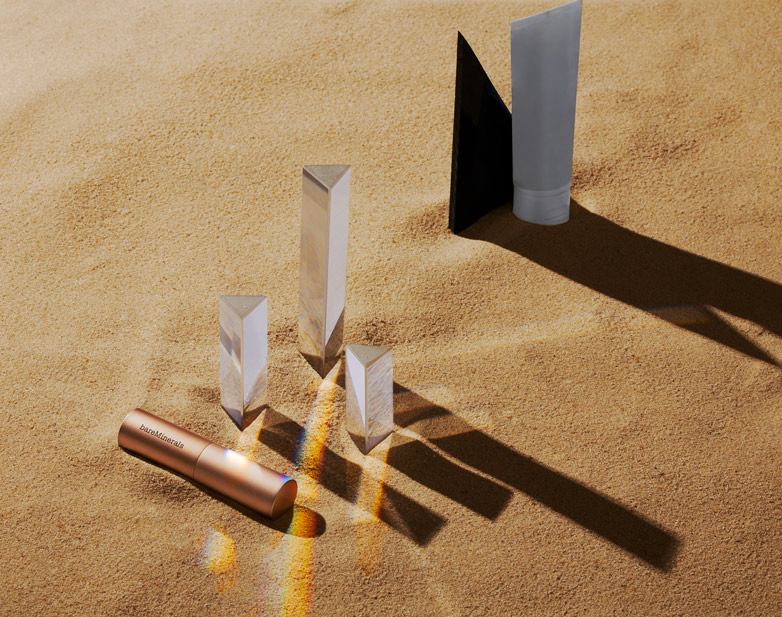
What Does Broad Spectrum Mean?
In terms of scientific advancements in the sunscreen category, we’re still pretty fresh on the path. In fact, up until the 1980s we didn’t even realize that protecting against UVA rays was just as, if not more, important as protecting against UVB rays. (FYI: UVA rays are responsible for causing signs of aging and skin cancer while UVB rays cause sun-related burning.) Since then, products have been formulated to be “broad spectrum,” which means they protect against both types of UV rays.
Many suncare products today are formulated to be broad spectrum, but it’s always important to double check the packaging to be sure. It’s always best practice to protect against both types of UV rays.
Why Do Some Sunscreens Say PA+++?
The original rating system we used to indicate how much a product protected against UVB rays is good old SPF (sun protection factor). The PA rating system was developed in Japan in 1996 to provide us with an indication of how well a product protects against UVA rays.
“Over the last few years, the importance of blocking UVA has become more apparent both for anti-aging purposes as well as for protecting us from skin cancer,” notes Dr. Arash Akhavan, a board-certified dermatologist at NYC’s Dermatology and Laser Group. “At the present time there is no universally accepted way to test for PA rating, but I am hopeful that in the near future government agencies will establish regulations to better standardize UVA protection levels.”
For now, it’s understood that PA+ offers some UVA protection, PA++ offers moderate UVA protection, PA+++ offers high UVA protection, and PA++++ offers extremely high UVA protection. The majority of products you see will have an indicated rating of PA+++, and this is an excellent rating to aim for.
How Much SPF Protection Do I Actually Need?
Talk to any dermatologist or read any well-researched skincare article and you’ll likely see a recommendation to use a broad-spectrum sunscreen with an SPF number of 30 to 50. Turns out, this isn’t an arbitrary range.
“There are two reasons why I typically recommend SPF levels around 30,” says Dr. Akhavan. “First, the extra protection from the higher SPF levels is minimal compared to SPF 30 and the formulations of the higher SPF products become less elegant. They can be sticky, thick, and greasy.”
In other words, a higher SPF level does not necessarily mean much better UVA protection. In fact, there’s a miniscule percentage difference in how much greater protection you’ll get with SPF 30 compared to SPF 100. And in either case? You must re-apply at least once every two hours when you’re outside, or whenever you hop out of the water.
The second reason, Dr. Akhavan says, is that when people wear a super high SPF, they “may feel safe staying out for longer periods with higher SPF levels, which actually increases their exposure to harmful UVA rays” since they aren’t applying as often.
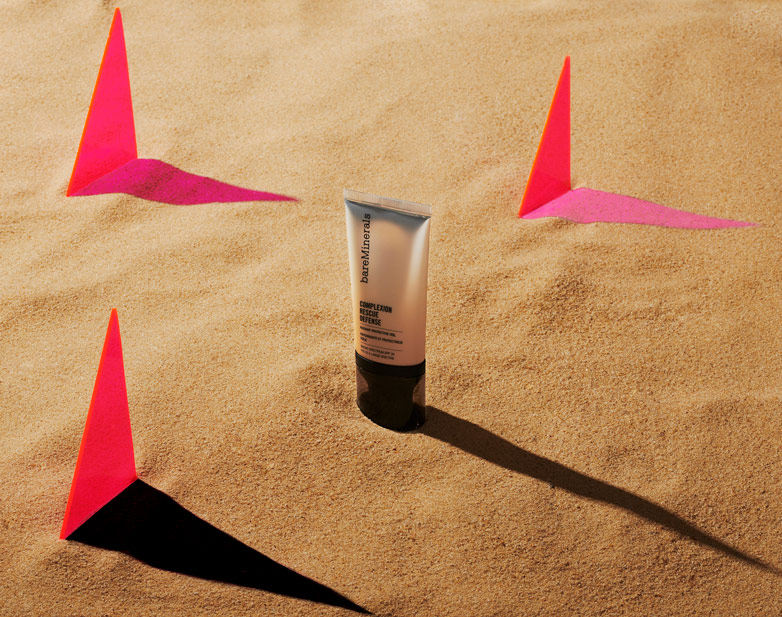
How Much Actual Sunscreen Should I Apply?
Applying daily and then every two hours is ideal. You also want to make sure you’re applying enough product every time you re-up. As a general rule of thumb, Blass says that a raspberry-sized amount of sunscreen should be applied to your face and a shot glass full (roughly two ounces) should be applied to the rest of your body.
If you’re wearing a spray-on product, it’s not enough to spray and walk away; make sure to rub the product into your skin. Finally, apply product to every exposed part of your body, including commonly forgotten areas like your scalp, tops of your feet, earlobes and hands.
Can I Just Get Away with Wearing Makeup with SPF?
The short answer to this question is no; your makeup does not provide an adequate amount of sun protection. It’s great to have, but by no means a one-and-done solution to suncare. The reason? Cosmetics are formulated differently than sunscreen and sunblock, and you’re also not applying enough of the product for it to protect you to the level you’d need it. Consider your makeup icing on the sun protection cake — not a replacement.
Do Waterproof and Sweat-proof Sunscreens Actually Work?
Both waterproof and sweat-proof sunscreens work, but only to a certain degree. They’re formulated to “stick” to your skin better while swimming or sweating, and Dr. Akhavan says that they can even continue providing some protection afterward. “However,” he says, “I always remind my patients that waterproof does not mean towel-proof. It’s important to reapply sunscreen after toweling off.”
Are All Tans Bad? What About Base Tans?
The base tan? It’s 100% a myth. “There is no such thing as a safe tan, unless it’s an artificial one from a sunless tanner,” says Dr. Akhavan. “If your skin is changing color that means you are getting enough UV exposure to damage DNA, which leads to potential premature aging and skin cancers.” Enough said.
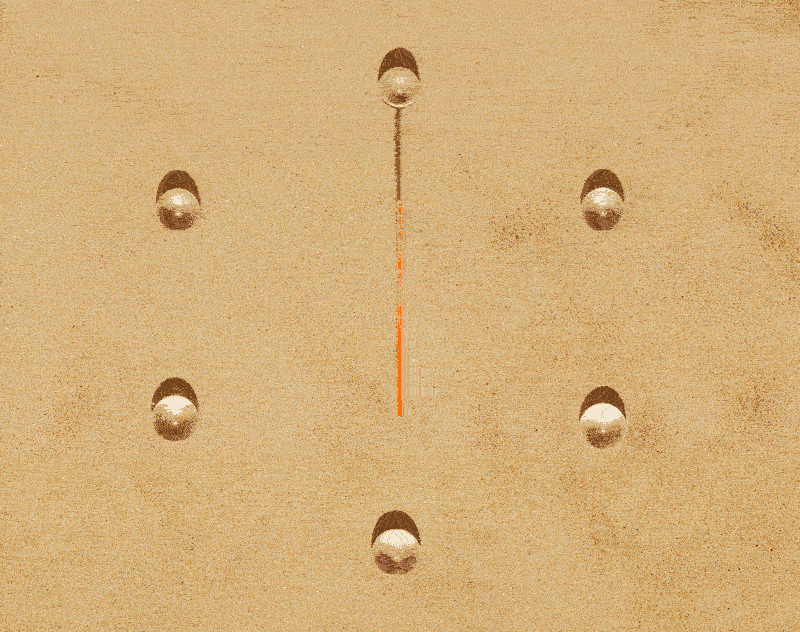
What About the Rest of My Summer Skincare Regimen?
During winter we often benefit from thicker and heavier products, but summer is a completely different story.
“In the summer, you can definitely go for a more lightweight moisturizer. Also, depending on skin type, in the winter someone might use a more lightweight cleanser for dry skin; in the summer that same person can go for a stronger cleanser if desired,” says Blass. “It’s also a great time to put your night cream or moisturizer in the fridge. The cooling sensation feels wonderful in the warmer summer weather.”
Summer is often a time to go a bit lighter with makeup, she adds. “For instance, you may want to gravitate toward a tinted moisturizer versus a full coverage foundation,” says Blass. “Another summer tip is to add a liquid highlighter or bronzer into your favorite skincare serum, which creates a beautiful, lit-from-within glow and enhances your natural complexion” without the damaging tan.
Wishing you all happy, and most importantly safe, fun in the sun.

